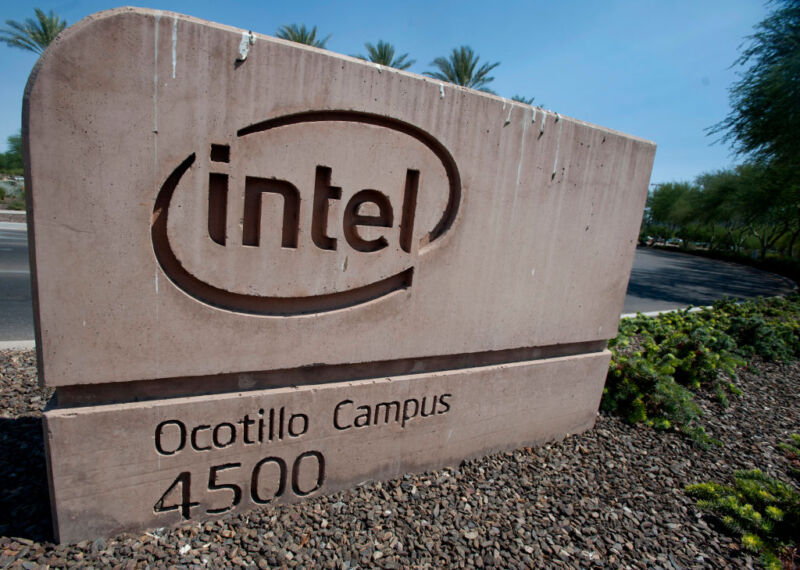Intel will receive $8.5 billion in direct funding and $11 billion in loans from the US government to expand its capacity to make high-end chips as it seeks to reinvent itself as a national champion in the sector and compete with the likes of Taiwan’s TSMC and South Korea’s Samsung.
US President Joe Biden will travel to Intel’s site in Chandler, Arizona, on Wednesday to announce the package, which will go toward building new facilities for the company in the south-western state, as well as in Ohio, New Mexico and Oregon.
Biden’s intervention in Arizona—one of a handful of swing states that will decide the US presidential election pitting him against Donald Trump—comes as the Democratic president is trying to boost his languishing approval ratings on the economy.
The government funding for chip manufacturing, which was passed by Congress in 2022, is part of Biden’s sweeping agenda to revitalize domestic manufacturing in areas ranging from clean energy to semiconductors and steel.
At an event in Reno, Nevada, on Tuesday, Biden sought to emphasize his economic achievements, contrasting them with his predecessor’s, saying he had created millions of jobs, while Trump had passed a large tax cut for the wealthy and wants “to undo everything we’ve done.”
Intel has already committed to investing $100 billion in chip manufacturing over the next five years. It had said it expected to further benefit from US Treasury tax credits that would allow it to write off up to 25 percent of that investment.
The $8.5 billion will be distributed in tranches, subject to Intel reaching certain “milestones,” senior White House officials said. They expect the funding to lead to 30,000 jobs in the chip sector.
The officials said the funds for Intel should start to arrive later this year once the agreement is finalized. In total, it is likely to constitute the largest such grant made under the 2022 Chips and Science Act, which provided for $52 billion in subsidies to help shift semiconductor manufacturing back to the US amid geopolitical tensions with China.
US Commerce Secretary Gina Raimondo told reporters the grant would put the US on track to meet its goal of ensuring that 20 percent of the world’s most advanced chips are made in the US by the end of the decade.
The vast majority of high-end semiconductors are at present manufactured by TSMC. The US relies on “a very small number of factories in Asia for all of our most sophisticated chips,” Raimondo said, which she described as an untenable situation from a US economic and national security perspective.
Raimondo added that further grants under the Chips Act would soon follow. TSMC and Samsung, which also operate facilities in the US, are both awaiting their own subsidies packages.
Intel’s chief executive, Pat Gelsinger, called it a “defining moment for the US and Intel as we work to power the next great chapter of American semiconductor innovation,” particularly as the race to develop artificial intelligence demanded evermore powerful and sophisticated chips.
Since taking the helm at the company three years ago, Gelsinger has attempted to restore the company’s leadership in the most advanced manufacturing processes, while at the same time turning it into an attractive option to help designers build their own chips, which may also compete with Intel’s.
Gelsinger has become a vocal advocate for shifting chip manufacturing back to the US after decades of under-investment. He has said his goal is to ensure that 50 percent of all the world’s semiconductors are built in the US and Europe within a decade.
The new Chips Act funding will primarily be directed toward development of Intel’s 18A “node,” a reference to its manufacturing process for the smallest and most powerful chips. It marks the final step in Gelsinger’s plan to develop five such nodes in four years.
In February, Microsoft revealed that it would be one of Intel’s first 18A manufacturing customers.



3175x175(CURRENT).thumb.jpg.b05acc060982b36f5891ba728e6d953c.jpg)
Recommended Comments
There are no comments to display.
Join the conversation
You can post now and register later. If you have an account, sign in now to post with your account.
Note: Your post will require moderator approval before it will be visible.